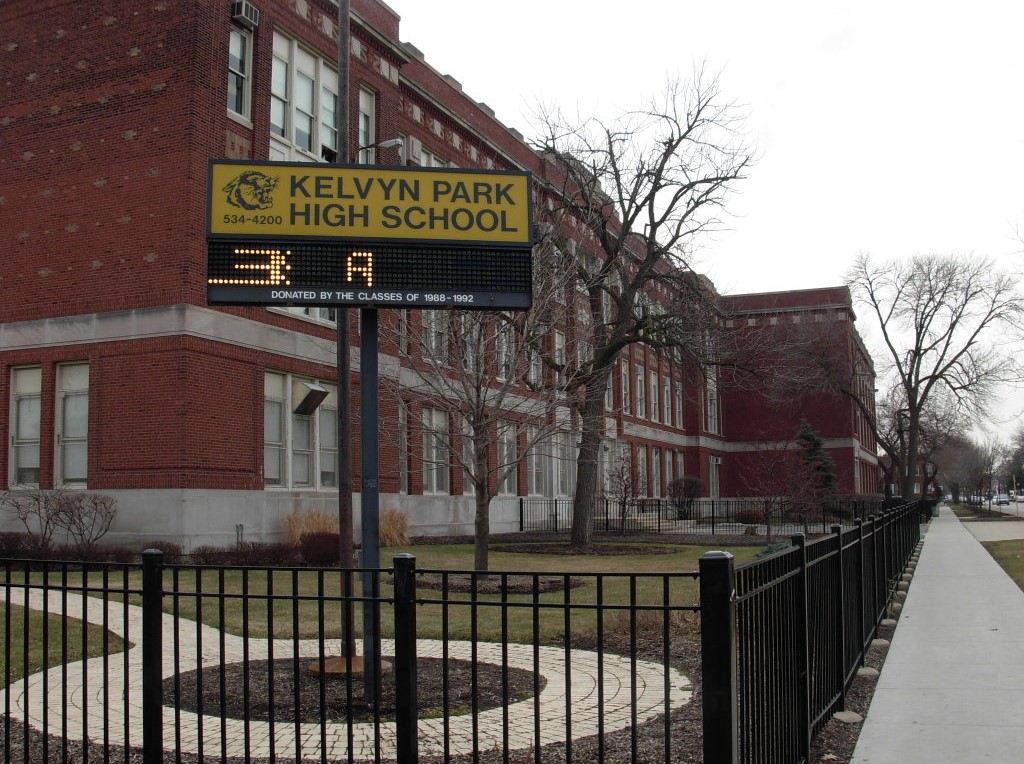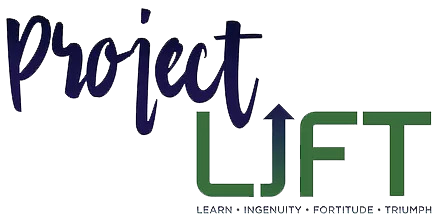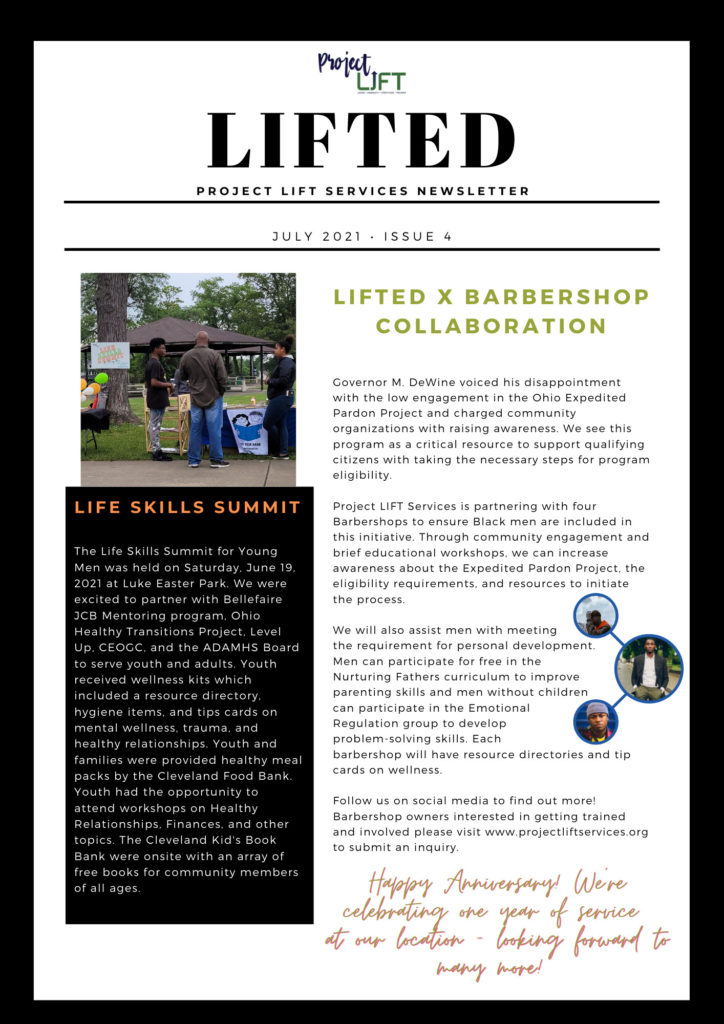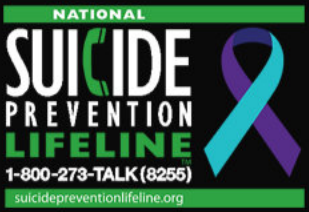Home » Restorative Justice » Restorative Justice In Action
Putting Principles into Practice
Discover how restorative justice unfolds, from process to programs. Through real case studies, see its positive effects on individuals and communities. Find inspiration, and learn how you can make a difference.
The Process
The Restorative Justice Framework
1
Referral
The case is referred to a restorative justice program. This can come after an offense is reported or even post-adjudication in lieu of, or in addition to, traditional punitive measures.
2
Assessment
We check if the case is right for restorative justice. It’s important that everyone willingly participates and the offender acknowledges their actions.
3
Preparation
Participants, including victims, offenders, and community members, are prepared individually. They are informed about the process, and their concerns and needs are addressed.
4
Facilitation
A trained facilitator or mediator guides the restorative process. This might be a circle, conference, or mediation, depending on the model.
- Dialogue: The harm caused by the crime is discussed. The victim shares their feelings and experiences, and the offender listens and responds.
- Responsibility: The offender takes responsibility for their actions and acknowledges the harm they’ve caused.
- Agreement: All parties collaborate to develop a plan for the offender to repair the harm. This can include apologies, restitution, community service, or other reparative actions.
5
Implementation
The offender carries out the agreed-upon actions to repair the harm. Monitoring or follow-ups might occur to ensure compliance.
6
Completion
Once the offender has fulfilled their obligations, the restorative process is considered complete. This might lead to case closure, reduced penalties, or other outcomes depending on the context.
Programs
Restorative Justice Programs in the U.S.
Here are some of the key methods used in the U.S. to address offenses and resolve conflicts. Each program has its own unique approach, but all aim to find constructive outcomes for those involved.
Circle Process
Drawing inspiration from indigenous traditions, this process involves the victim, offender, community members, and a facilitator in a circular setup. Participants take turns sharing their perspectives, promoting mutual understanding, community healing, and joint decision-making.
Victim-Offender Mediation
A facilitated dialogue between a victim and offender, allowing them to discuss the offense, its impact, and collaboratively decide on a restitution plan. VOM offers a safe space for healing, understanding, and reparation.
Family Group Conferencing
An inclusive meeting that brings together the victim, offender, and their respective support networks. FGC fosters collective problem-solving and resolution, aiming to repair harm and restore relationships.
Diversion Programs
Offered as an alternative to traditional punitive measures, diversion programs redirect eligible offenders, often juveniles or first-time offenders, to RJ practices. By addressing root causes and fostering repair, these programs aim to reduce recidivism and promote community health.
Restorative Community Boards or Panels
Comprising community representatives, these boards or panels engage with offenders to discuss the crime’s implications. Together, they devise a plan that holds the offender accountable and ensures they give back to the community.
Reentry Circles
Designed for those reentering society after incarceration, these circles often involve family members, victims, or community advocates. The goal is to support successful reintegration, address concerns, and strengthen community ties.
Restorative justice practices vary widely across the U.S. and the rest of the world, influenced by local laws, cultures, and needs. While we’ve highlighted some key methods, many communities customize these approaches. It’s a diverse field, always adapting to best serve and heal its participants.
Real Life Examples of Restorative Justice
Explore real-life scenarios where restorative justice made a meaningful difference. Each example underscores the tangible benefits and transformative power of this approach, demonstrating its ability to heal, restore, and reconcile in real-world situations. They represent just a fraction of the numerous successful outcomes attributed to restorative justice throughout the United States and across the globe.
Restorative Justice In School

Overview: At Kelvyn Park High School in Chicago, Jose, a student, acted out by throwing his shoe at another student during an assembly. This act was seen by his music teacher and the school principal. Instead of a conventional disciplinary action, Jose was directed to the school’s peer jury program. During their discussion, the jurors discovered Jose’s ambition to join an art school and his ongoing issues with his music teacher.
Outcome: To rectify the situation, a resolution was formed: Jose would help his teacher at an upcoming concert and design a poster for the school jazz band club. This not only mended the strained relationship between Jose and his teacher but also positively channeled Jose’s artistic talents. The poster later became part of his art portfolio, which subsequently played a role in his acceptance into an art school after graduation.
Source: Implementing Restorative Justice A Guide For Schools
Restorative Justice In the Juvenile Justice System
Overview: In response to the growing number of girls entering the juvenile justice system, many of whom have histories of trauma and abuse, certain programs in the U.S. are shifting their focus from incarceration to rehabilitation. Recognizing that traditional punitive measures can exacerbate trauma and further entrench girls in the cycle of crime, these programs emphasize therapy, education, and skill-building.
Outcome: The rehabilitative approach has shown promising results. Girls who participate in these programs are less likely to reoffend and more likely to reintegrate positively into their communities. They are provided with tools to cope with past traumas, enabling them to build healthier futures. Moreover, the community-based treatment has demonstrated cost-effective benefits compared to the high costs of incarcerating youth.
Source: “To help delinquent girls, programs aim to rehabilitate rather than incarcerate” by PBS News Hour.
Restorative Justice In Prison
Overview: In 2002, Will Riley, a businessman, confronted Peter Woolf, a career criminal, during a home burglary. Woolf was arrested and, during his time in prison, agreed to participate in a restorative justice meeting with Riley.
Outcome: The meeting transformed both men’s lives. Woolf saw the human impact of his crime and vowed to change. Upon release, he became an advocate for restorative justice, and the two men later collaborated on public speaking engagements to share their story and promote the benefits of restorative justice.
What Can YOU Do?
1
Learn More
Delve further into the foundational principles and comprehensive practices of restorative justice
2
Explore
Explore the benefits and real-world applications of restorative justice in the justice system
3
Connect
Discover local restorative justice programs or community-based organizations
4
Advocate
Advocate for restorative justice practices within the legal community and public discourse

Embrace a New Vision of Justice
We want to hear from you!
Please contact Project LIFT for more information about restorative justice and its relevance to your life or your loved ones’. Additionally, we value your feedback on the prosecution process and the Juvenile Justice Center in Cleveland. We want to understand the issues our community is experiencing, and your input is integral to this process.
Please use the form below to get in touch.



